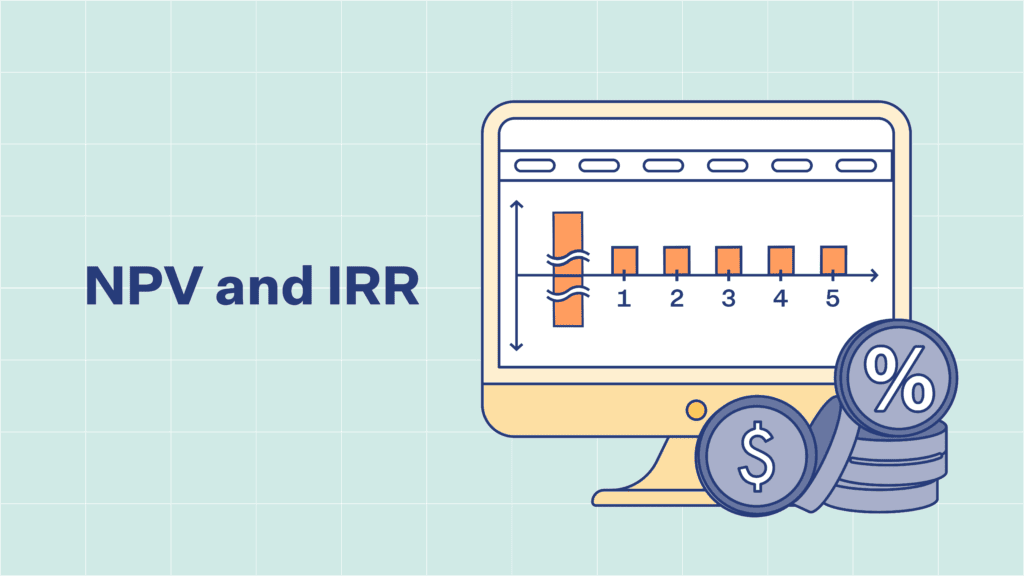
WHAT IS VALUATION?
Valuation is the process of determining the current worth of an asset or company. Items that are usually valued are financial assets or liabilities. Valuations can be done on assets (for example, investments in marketable securities such as stocks, options, and business enterprises, or intangible assets such as patents and trademarks) or on liabilities (e.g., bonds issued by a company).
APPROACHES TO VALUATION
In general terms, there are three approaches to valuation.
The first, discounted cash flow valuation, relates the value of an asset to the present value of expected future cash flows on that asset.
The second, relative valuation, estimates the value of an asset by looking at the pricing of ‘comparable’ assets relative to a common variable like earnings, cash flows, book value or sales.
The third, contingent claim valuation uses option pricing models to measure the value of assets that share option characteristics.
While they can yield different estimates of value, one of the objectives of discussing valuation models is to explain the reasons for such differences and to help in picking the right model to use for a specific task.
THE DISCOUNTED CASH FLOW (DCF)
Link to free DCF Template
The discounted cash flow (DFC) analysis represents the net present value (NPV) of projected cash flows available to all providers of capital, net of the cash needed to be invested for generating the projected growth. The concept of DCF valuation is based on the principle that the value of a business or asset is inherently based on its ability to generate cash flows for the providers of capital. To that extent, the DCF relies more on the fundamental expectations of the business than on public market factors or historical precedents, and it is a more theoretical approach relying on numerous assumptions. A DCF analysis yields the overall value of a business (i.e. enterprise value), including both debt and equity.
Discounted cash flow METHODOLOGY
The DCF method of valuation involves projecting FCF over the horizon period, calculating the terminal value at the end of that period, and discounting the projected FCFs and terminal value using the discount rate to arrive at the NPV of the total expected cash flows of the business or asset.
KEY COMPONENTS OF A DCF
- Free cash flow (FCF) – Free cash flow (FCF) represents the cash that a company is able to generate after laying out the money required to maintain or expand its asset base. Free cash flow is important because it allows a company to pursue opportunities that enhance shareholder value.
- Terminal value (TV) – Value at the end of the FCF projection period (horizon period).
- Discount rate – The rate used to discount projected FCFs and terminal values to their present values.
FREE CASH FLOW (FCF)
Free cash flow (“FCF”) is the cash flow available to all providers of capital, including debt and equity. A business or asset that generates more cash than it invests provides a positive FCF that may be used to pay interest or retire debt (service debt holders), or to pay dividends or buy back stock (service equity holders). Most DCF analyses use 5 or 10-year projection periods. Projecting cash flows over a longer period is inherently more difficult. A shorter projection period increases the accuracy of the projections but also places greater emphasis on the contribution of terminal value (TV) to the total valuation.
Calculation of Unlevered Free Cash Flow
EBIT (1-Tax Rate)
( + ) Depreciation & Amortization
= Gross Free Cash Flows
( – ) Change in Net Working Capital
( – ) Capital Expenditure
= Free Cash Flows
It can also be calculated by taking operating cash flow and subtracting capital expenditures.
TERMINAL VALUE (TV)
The terminal value (TV) captures the value of a business beyond the projection period in a DCF analysis and is the present value of all subsequent cash flows. Depending on the circumstance, the terminal value can constitute approximately 75% of the value in a 5-year DCF and 50% of the value in a 10-year DCF. As a result, great attention must be paid to terminal value assumptions. The terminal value may be calculated using two different methods.
The Terminal Multiple Method:
The terminal multiple methodology inherently assumes that the business will be valued at the end of the projection period, based on public markets valuations. The terminal value is typically calculated by applying an appropriate multiple (EV/EBITDA, EV/EBIT, etc.) to the relevant statistic projected for the last projected year.
TV = LTM Terminal Multiple × Statistic projected for the last 12 months of the projection period
Since the DCF values cash flow available to all providers of capital, EV multiples are generally used rather than equity value multiples. The exit multiple assumptions are usually developed based on selected companies’ trading multiples. In certain cases, precedent transaction multiples may be used, depending on the exit contemplated and specific circumstances. Assuming the terminal multiple is being applied to the statistic projected for the last projection year, be sure to use a trailing multiple rather than a forward multiple.
Perpetuity Growth Method:
The perpetuity growth method assumes that the company will continue its historic business and generate FCFs at a steady state forever. The TV under this method can be calculated as follows:
TV = FCFn/ (WACC – g)
FCFn = FCF for the last 12 months of the projection period
G = Perpetuity growth rate (at which FCFs are expected to grow forever)
WACC = Weighted-average cost of capital
The perpetuity growth rate is typically between the historical inflation rate of 2-3% and the historical GDP growth rate of 4-5%. If you assume a perpetuity growth rate of more than 5%, you are basically saying that you expect the company’s growth to outpace the economy’s growth forever.
The perpetuity growth method is not used as frequently in practice due to the difficulty in estimating the perpetuity growth rate and determining when the company achieves a steady state. However, the perpetuity growth rate implied using the terminal multiple methods should always be calculated to check the validity of the terminal multiple assumptions.
DISCOUNT RATE
The rate used to discount future unlevered free cash flows (FCFs) and the terminal value (TV) to their present values should reflect the blended after-tax returns expected by the various providers of capital.
The different classes of capital providers (holders of varying types of equity and debt) expect returns, which are combined to calculate the discount rate. This rate must mirror the intended long-term capital structure rather than the present one. Although it’s possible to create distinct discount rates for each projection interval to account for shifts in the capital structure, conventionally, the discount rate maintains a constant value throughout the projection period.
When projections are deemed aggressive, employing a higher discount rate might be suitable compared to when projections are deemed to be more reasonable. While choosing the discount rate is a matter of judgment, it is common practice to use the weighted-average cost of capital (WACC) as a starting point.
Considerations in Calculating WACC:
The following are important considerations when calculating WACC:
- WACC must comprise a weighted average of the marginal costs of all sources of capital (debt, equity, etc.) since FCF represents cash available to all providers of capital.
- WACC must be computed after corporate taxes since FCFs are computed after tax.
- While calculating the weighted average of the returns expected by various providers of capital, market value weights for each financing element (equity, debt, etc.) must be used, because market values reflect the true economic claim of each type of financing outstanding whereas book values may not.
- Long-term WACCs should incorporate assumptions regarding long-term debt rates, not just current debt rates.
Calculation of WACC
The market values of equity, debt, and preferred should reflect the targeted capital structure, which may be different from the current capital structure. Even though the WACC calculation calls for the market value of debt, the book value of debt may be used as a proxy so long as the company is not in financial distress, in which case the market and book values of debt could differ substantially. Multiplying the debt term in the WACC equation by (1−t) captures the benefit of the tax shield arising from interest expense.
Calculating the Cost of Equity
The cost of equity is usually calculated using the capital asset pricing model (CAPM), which defines the cost of equity as follows:
Re = rf + β × (rm − rf)
Where:
Rf = Risk-free rate (represented by 10-yr U.S. Treasury bond rate) β = Beta of the company rm − rf = Market risk premium.
STEPS IN THE DCF ANALYSIS
The following steps are required to arrive at a Discounted cash flow valuation:
- Project unlevered FCFs (FCFs)
- Choose a discount rate
- Calculate the TV
- Calculate the enterprise value (EV) by discounting the projected FCFs and TV to the net present value
- Calculate the equity value by subtracting net debt from EV
- Review the results











